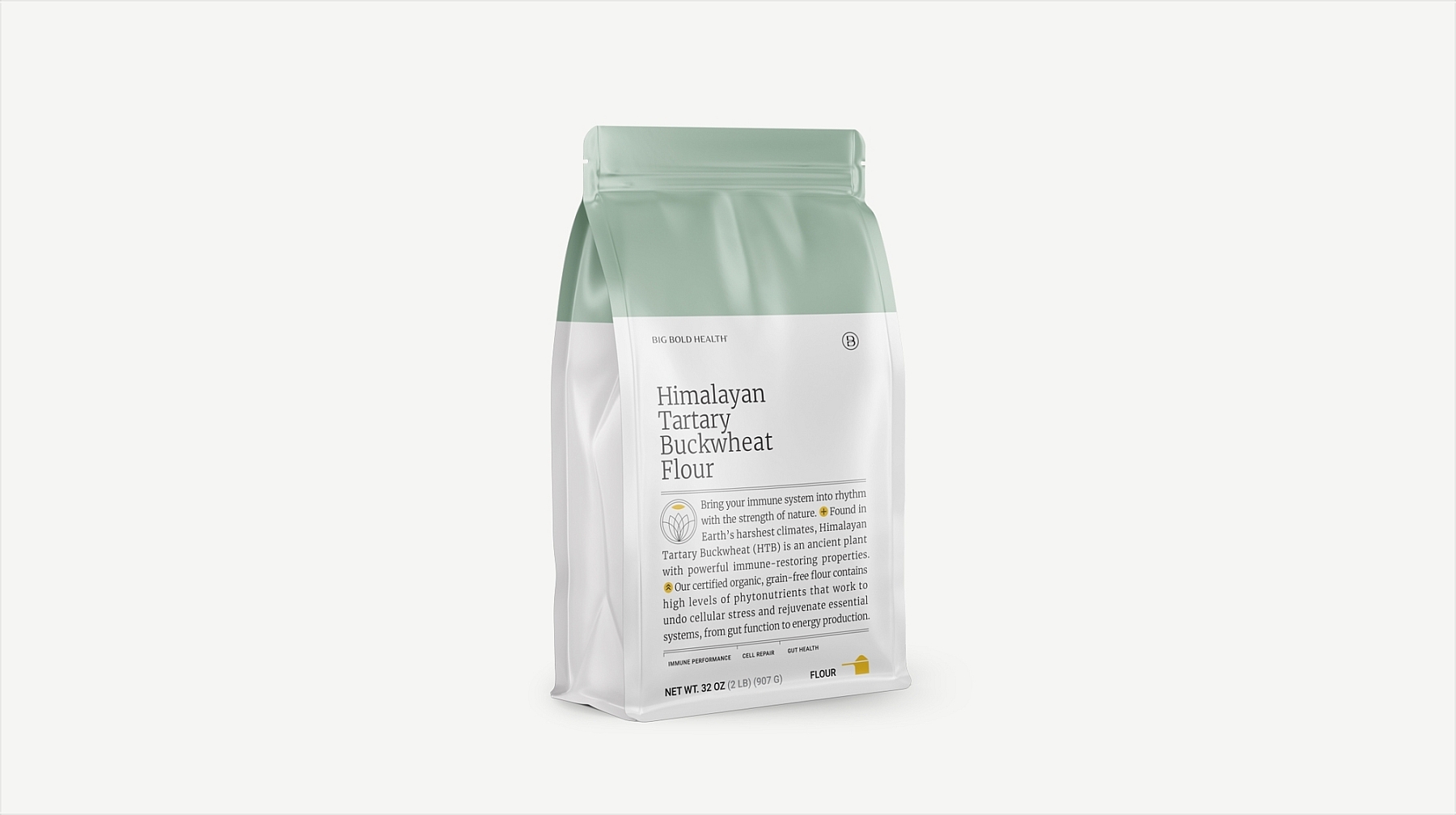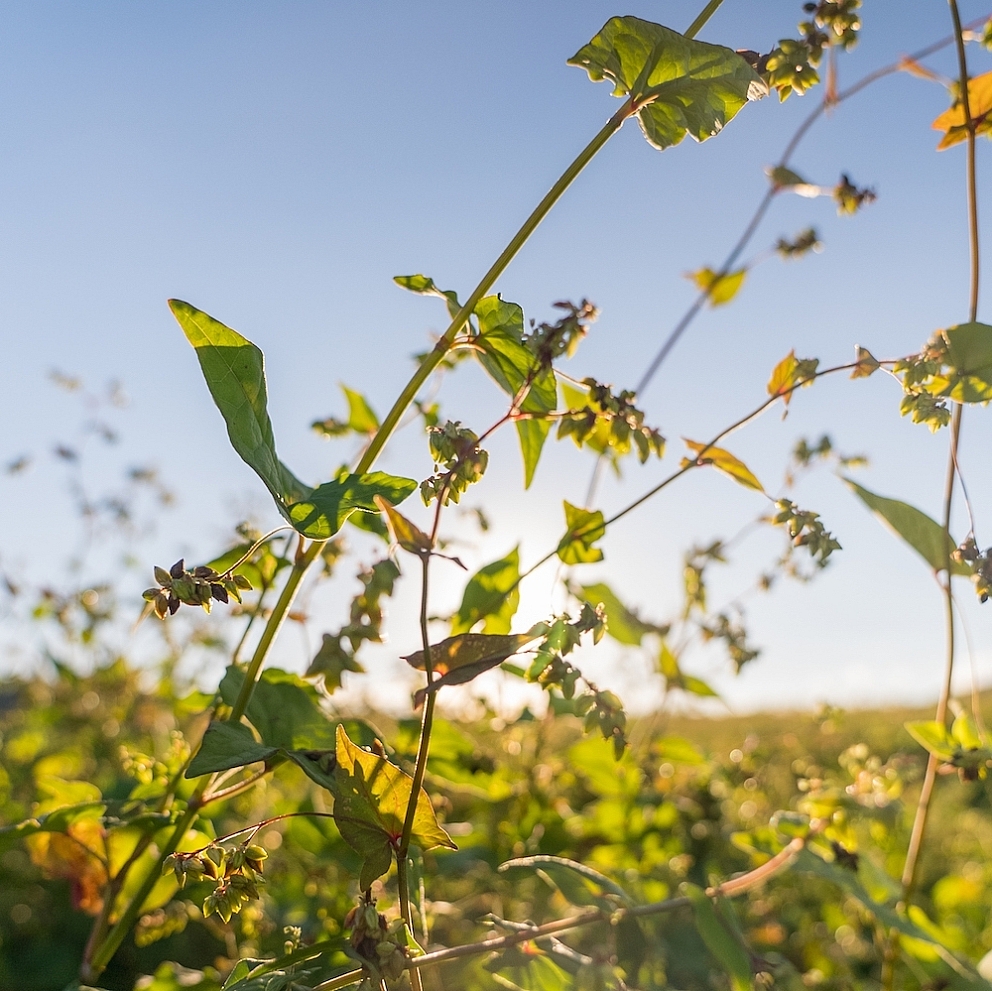3 reasons why Himalayan Tartary Buckwheat is a super-superfood

What makes Himalayan Tartary Buckwheat a superfood standout?
Himalayan Tartary Buckwheat (HTB for short) — it’s nothing like wheat, and it’s not even that similar to the common buckwheat most people know about. So why are people excited about this revitalized ancient crop? Here are 3 of the most remarkable things to know about this superfood.
Himalayan Tartary Buckwheat is grain and gluten-free
Many health-conscious consumers have shied away from grains in recent years. And while the scientific research is still evolving, some evidence suggests that specifically consuming more refined grains (grains where the majority of the fiber and other healthy nutrients have been stripped away) may be linked to less advantageous immune results.
In addition, grains (especially wheat and its varieties like spelt) as well as barley and rye contain gluten, a protein which may cause health issues in a certain subset of the population. Some research now suggests that sensitivity to gluten may be a problem for a larger number of people than once thought.
Himalayan Tartary Buckwheat is not a grain at all (it’s actually a fruit seed), and due to this, HTB Flour is naturally gluten-free.
Himalayan Tartary Buckwheat is not related to wheat
Like common buckwheat, and despite its name, HTB is a gluten-free seed, and is completely unrelated to wheat. In reality, Himalayan Tartary Buckwheat is much more similar to the rhubarb and sorrel family of vegetables than it is to most grains.
HTB flour is naturally high in fiber, and a number of important vitamins and minerals. Compared to wheat flour, HTB is especially notable for its content of magnesium and the essential amino acid lysine.
Himalayan Tartary Buckwheat is a polyphenol powerhouse
We often hear about the importance of balancing our 3 macronutrients (carbs, fats, and proteins). Additionally, we know micronutrients are key to health (these are vitamins and minerals). But now we’re learning that phytonutrients (a vast family of nutrients made naturally by plants) may be worth a careful look.
Phytonutrients may be most notable because they include molecules called polyphenols, which are special plant molecules that help plants defend against environmental stress. Polyphenols in human diets have been linked to a number of positive health outcomes, including those related to immune balance and healthier aging.
That’s why it’s especially interesting that Himalayan Tartary Buckwheat is uniquely packed with polyphenols including quercetin, rutin and many, many more. How do we know? Big Bold Health tests every batch of its Himalayan Tartary Buckwheat Flour for its polyphenol content to ensure each batch is packed with these plant nutrients.
Want to learn more?
For more on the incredible story of Himalayan Tartary Buckwheat, check out this recent blog by Dr. Mark Hyman, another true believer.




